The Science Behind Tabac Flavor: Decoding How Nicotine Manufacturing Enhances the Tobacco Experience
At SnuffFactory, we believe that the best nicotine products are born from a deep understanding of both science and sensory satisfaction. Among the most valued characteristics of nicotine products is their flavor—particularly tabac, a profile cherished for its rich, complex, and authentic tobacco taste. But what makes tabac flavor so compelling? And how does the nicotine manufacturing process influence its final form?
This industry report explores the intricate relationship between nicotine production and the development of tabac flavor. From raw materials to product application, we’ll walk you through the key steps, terminology, and strategies used by leading manufacturers to deliver quality tobacco experiences—without the smoke.
1.Understanding the Allure of Tabac
Tabac flavor is more than just a nostalgic nod to traditional tobacco—it’s an essential sensory experience in many nicotine products. As consumer preferences shift toward cleaner, smoke-free formats, the demand for authentic, satisfying flavor remains constant.
This report explores how nicotine is manufactured and how the complex and time-honored tabac flavor is developed. We’ll also highlight practical applications across product categories and provide answers to common questions from buyers and brand owners alike.
2. Key Terminologies: Nicotine and Tabac Flavor
Before we dive deeper, let’s clarify two foundational terms:
Nicotine: A naturally occurring alkaloid primarily found in the tobacco plant, though also present in small amounts in tomatoes, potatoes, and other nightshades. In nicotine products, it acts as the principal active compound, delivering both stimulation and satisfaction.
Tabac Flavor: A complex and aromatic profile inspired by cured and aged tobacco leaves. It is often recreated using a blend of natural extracts and synthetic flavor molecules to emulate the deep, earthy, smoky, or sweet characteristics of traditional tobacco products.
3. The Nicotine Manufacturing Process: From Leaf to Purity
Creating high-purity nicotine involves a multi-step process where quality control and chemical precision are essential. Here’s how it’s done:
a. Tobacco Leaf Selection
Everything starts with the leaf. The species, geographic origin, soil quality, and curing method all influence the alkaloid concentration and flavor potential of the raw tobacco.
b. Tobacco Leaf Processing
Once harvested, the leaves undergo curing and fermentation, followed by mechanical treatments like stemming and stripping. These steps prepare the material for efficient nicotine extraction.
c. Extraction and Purification
Using specialized solvents, nicotine is extracted from the leaf matrix. The resulting liquid then undergoes evaporation, distillation, and purification to yield either pure nicotine or nicotine salts—depending on the intended end use.
This “Nicotine Preparation Method” ensures pharmaceutical-grade purity, which is crucial for both safety and product consistency.
4. The Creation of Tabac Flavor: Science Meets Art
Tabac flavor development is where chemistry intersects with creativity. Manufacturers aim to replicate the nuanced aroma of aged tobacco without burning actual leaves—especially in modern, tobacco-free products like nicotine pouches or e-liquids.
While formulas vary by brand, most tabac flavor systems are built through:
-
Natural extracts from various tobacco cultivars.
-
Synthetic compounds that mimic key aromatic molecules found in combusted tobacco.
-
Flavor enhancers such as vanillin, spice notes, or woody elements that add warmth and depth.
The formulation process often involves months of testing, tasting, and tweaking to strike the right balance of richness, smoothness, and longevity.
5. Comparing Tabac Flavor Formulas: Profiles and Preferences
Not all tabac flavors are created equal. Depending on the formulation, a tabac flavor may lean toward:
-
Robust and smoky – mimicking dark-fired tobacco.
-
Sweet and smooth – similar to Virginia tobacco or flavored pipe blends.
-
Spicy and dry – preferred in Scandinavian-style snus or chewing tobacco.
Some formulas prioritize authenticity, while others focus on palatability or modern reinterpretations. B2B buyers often request tabac variants tailored to regional preferences or regulatory limits on certain ingredients.
6. Market Applications and Target User Groups
Tabac flavor plays a central role in various nicotine products designed for distinct market segments:
| Product Type | Application of Tabac Flavor | Target Audience |
|---|---|---|
| Nicotine Pouches | Tobacco-free tabac flavors for discreet enjoyment | Former smokers, harm-reduction users, oral users |
| Chewing Tobacco | Enhanced flavor depth for traditional use | Long-time tobacco users, rural markets |
| E-liquids | Combustion-free tabac experiences in vaping devices | Vapers transitioning from cigarettes |
| Nicotine Lozenges | Milder tabac profiles for oral-use satisfaction | Health-conscious consumers, travelers |
| Heated Products | Realistic tobacco simulation without smoke | Tech-savvy adult users, smoke-free zone users |
Whether you’re targeting premium markets in Europe or value-driven segments in Asia-Pacific, selecting the right tabac profile can elevate brand appeal and user satisfaction.
7. Frequently Asked Questions (FAQs)
Q: Who are the leading nicotine manufacturers today?
A: Trusted suppliers like SnuffFactory offer end-to-end solutions for nicotine extraction and flavor formulation, with a focus on quality, customization, and compliance.
Q: How is tabac flavor different from general tobacco flavor?
A: Tabac flavor is a refined subset that emphasizes the cured, aged aroma of real tobacco, rather than the broader and often harsher profile of burned or synthetic tobacco.
Q: What happens during the nicotine preparation method?
A: The method includes leaf selection, solvent-based extraction, and purification, resulting in high-grade nicotine suitable for pharmaceutical or consumer-grade applications.
Q: What role does a liquid nicotine wholesaler play?
A: Wholesalers ensure consistent supply of liquid nicotine—both freebase and salt—for manufacturers developing flavored nicotine products. Many also offer white-label services for B2B clients.
8. Conclusion: Elevating Tobacco Alternatives Through Precision and Flavor
Behind every satisfying puff, pouch, or patch is a story of precision, craftsmanship, and flavor innovation. Understanding the science of nicotine extraction and the artistry behind tabac flavor creation is crucial for anyone invested in premium nicotine products—whether you’re launching a new brand or expanding into new markets.
At SnuffFactory, we specialize in delivering pharmaceutical-grade nicotine and finely tuned flavor systems, including a wide range of customizable tabac formulations. Whether you’re a brand developer, distributor, or OEM buyer, we offer scalable solutions to match your vision.
Explore our full range of products here
Start a conversation with our specialists here
Elevate your product. Master the experience. Choose SnuffFactory.

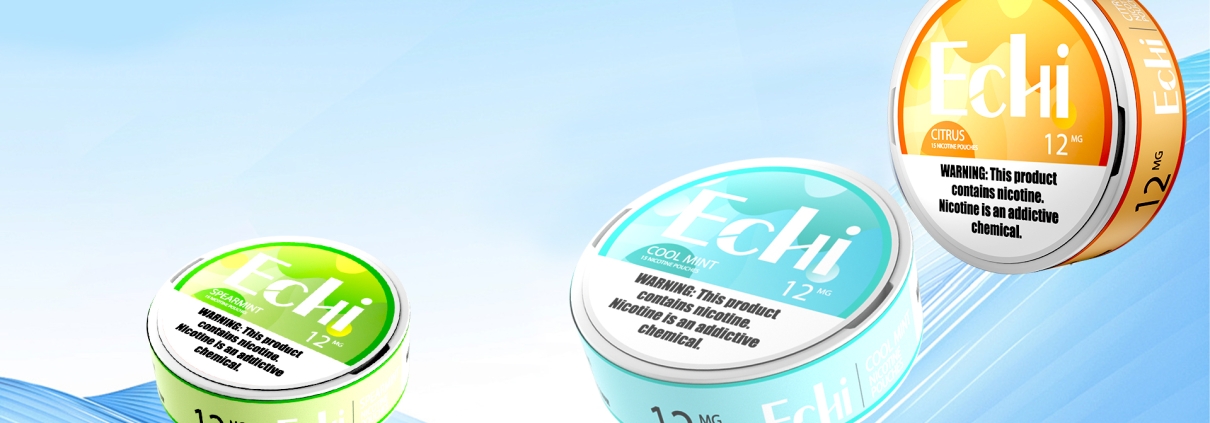
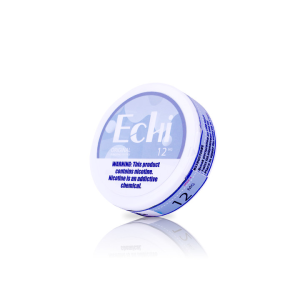
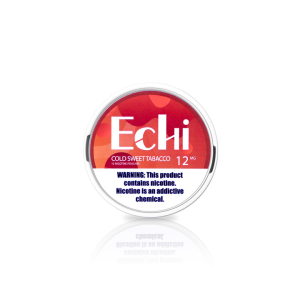
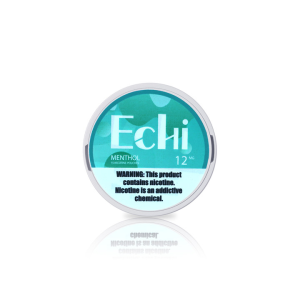
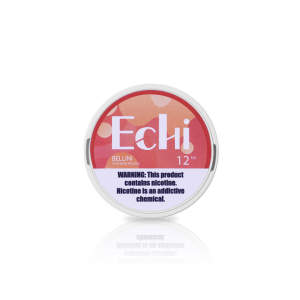
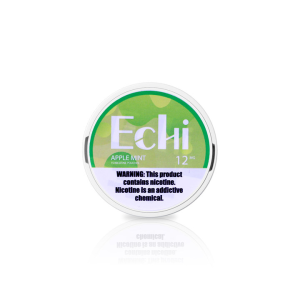
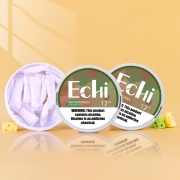
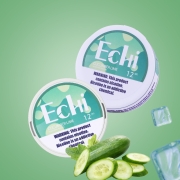

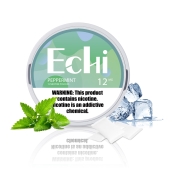
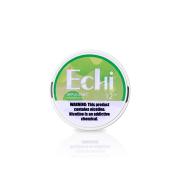
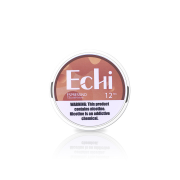

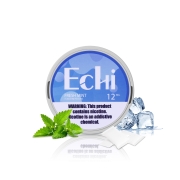


Leave a Reply
Want to join the discussion?Feel free to contribute!